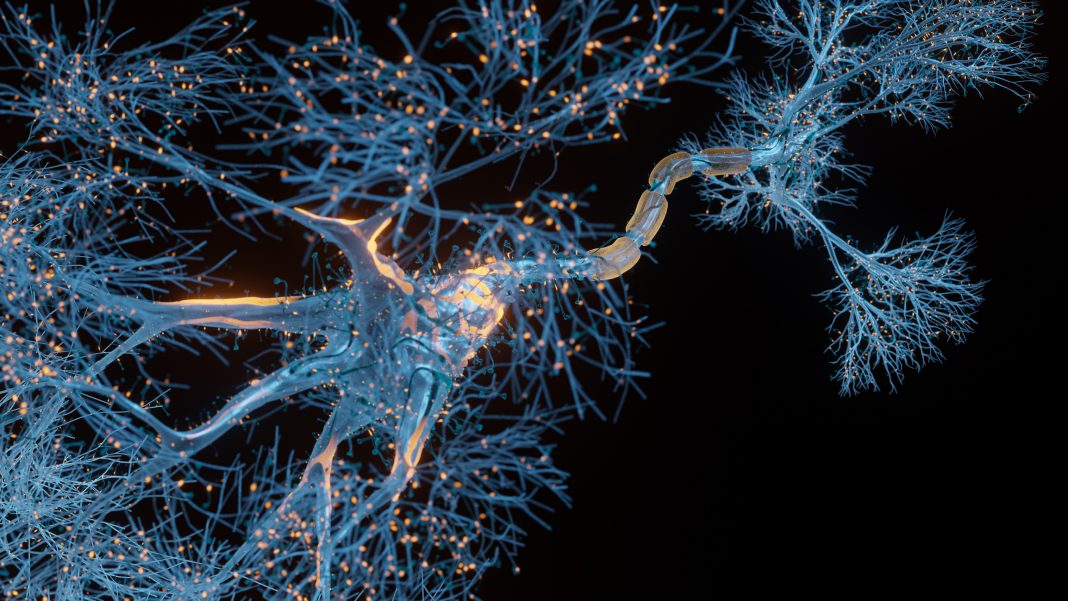Researchers have completed an advanced brain map on an insect, aiding future brain research and neuroscience in the understanding of the mechanism of thought
An extremely detailed brain map diagram tracing every neural connection in the brain of a larval fruit fly was conducted by researchers at Johns Hopkins University and the University of Cambridge.
As the most complete and most expansive map of an entire insect brain ever completed, the brain map of the fruit fly includes 3,016 neurons and every connection between them, which totals 548,000.
The research on this brain map, which took 12 years to complete, aims to help researchers understand the mechanism of thought. Since the 1970’s, connectomes have been mapped in many systems, including flies, mice, and even humans – but these reconstructions typically only represent only a tiny fraction of the total brain.
The key to understanding the mechanism of thought is knowing how neurons connect with each other
Senior author Joshua T. Vogelstein, a Johns Hopkins biomedical engineer who specializes in data-driven projects including connectomics, said: “If we want to understand who we are and how we think, part of that is understanding the mechanism of thought. And the key to that is knowing how neurons connect with each other.”
This work can inspire new machine-learning architectures
Even with good technology, mapping the brain is difficult.
Generating a full cellular-level image of a brain requires slicing the brain into hundreds or thousands of individual tissue samples, all of which must be imaged with electron microscopes before the painstaking process of reconstructing all those pieces, neuron by neuron, into an accurate picture of a brain.
The high-resolution images of the brain were studied to find individual neurons, rigorously tracing each one and linking their synaptic connections. Then, the researchers used original code to analyse the brain’s connectivity.
Using these techniques to find groups of neurons based on shared connectivity patterns, they then analysed this data to how information could propagate through the brain.
After the team charted and categorised every neuron and every brain connection with its corresponding role, researchers found that the brain’s busiest circuits were those that led to and away from neurons of the learning centre.
The fruit fly larva brain map showed circuit features that were very similar to powerful machine learning architectures, potentially revealing even more computational principles to inspire artificial intelligence systems.
The fruit fly larva brain map showed circuit features that were very similar to powerful machine learning architectures
Why generate brain maps on a fruit fly larva?
The team chose the fruit fly larva because, for an insect, the species shares much of its fundamental biology with humans, including a comparable genetic foundation. With its rich learning and decision-making behaviours, the fruit fly is a useful model organism in neuroscience.
Additionally, its relatively compact brain can be imaged, and its circuits reconstructed within a reasonable time frame.
Comprehensive connectomes have only been generated for several small species with a few hundred to a few thousand neurons in their bodies. These include a roundworm, a larval sea squirt, and a larval marine annelid worm.
Mapping whole brains is difficult and extremely time-consuming
It took more than a decade to do that with the baby fruit fly, so researchers believe that the brain of a mouse or any slightly larger animal is estimated to be a million times larger than that of a baby fruit fly, and would take far longer.
The chance of mapping anything even half as big as a human brain is not likely in the near future, but luckily, the fruit fly poses important comparisons between connections in the human brain, and the adult larva brain.
As connectomes are generated for more larva and from other related species, the analysis techniques used could help the understanding of variations in brain wiring.
Vogelstein said: “What we learned about code for fruit flies will have implications for the code for humans. That’s what we want to understand — how to write a program that leads to a human brain network.”











